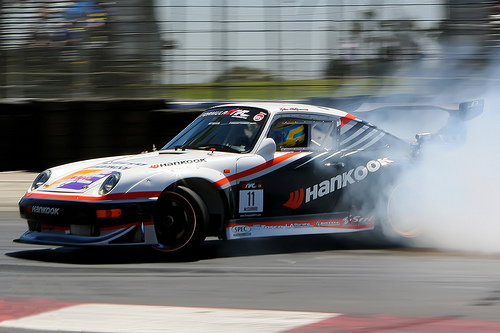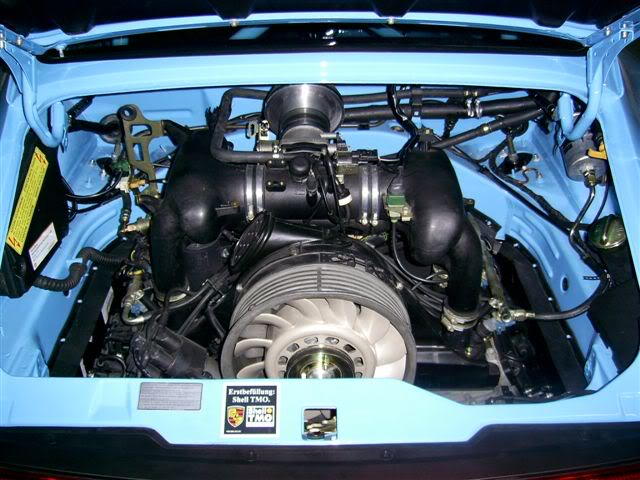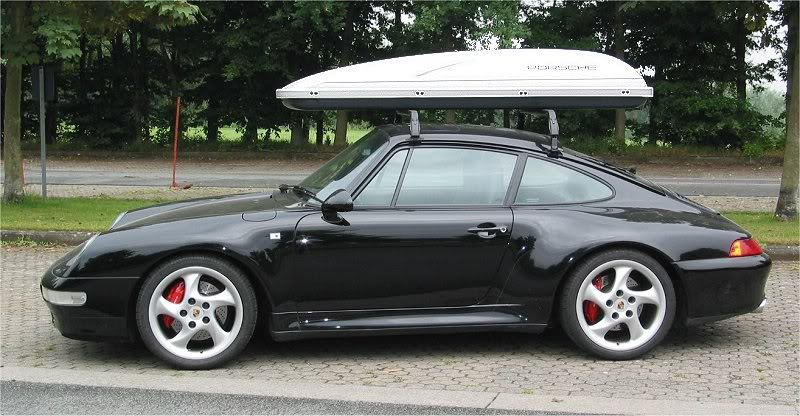Porsche 993: How to Maximize MPG
While the Porsche 993 is more so known for its MPH than its MPG, it can get you pretty far on a standard fill-up.
This article applies to the Porsche 993 (1993-1998).
When you hear the name Porsche 993, typically speaking, you think MPH, and not MPG. And for good reason, the car is considered the pinnacle model of the company’s 911 series, and can go from idle to breaking several town and city’s speed limits in less than 5 seconds flat. But one thing that’s not as well known about the Porsche 993 is how well it performs when it comes to fuel economy. As this particular line of the Porsche 911 covers several different model types, what we can say is that as a whole, the Porsche 993 will get you, on average, 20 miles per gallon. Not bad for a sports car, and certainly not bad for a high-end sports car at that!

Naturally, there are a few things one can do to improve the fuel economy of their vehicle.
Driving style: Are you an aggressive or a calm driver?
Car’s age: How old is your car, and for that matter, how “road-worn” is it?
Extra weight: Are there additional items in the car (beyond passengers) that might be weighing the car down?
Drive more efficiently

This could also be referred to as being an intelligent driver. There are a lot of drivers on the road that operate their vehicles as though they couldn't care less the condition of it. Unfortunately, such aggressive driving can destroy a car’s fuel economy. On the flip side, driving efficiently can lower fuel consumption by about 30% on the highway, and 5% around town.
But what does driving efficiently mean? In layman’s terms, it means observing the speed limit and knowing when it’s okay to push your Porsche 993 and when to take it easy. A good rule of thumb is, your gas mileage will decrease drastically once you go over the 50MPH mark. So if you don’t need to drive fast, don’t.
Take care of your car

This is probably the least surprising tip, as a majority of Porsche owners are already car enthusiasts who know that their car’s health is a top priority. However, for those just entering Porsche ownership, note that vehicle maintenance not only keeps the car running smoothly, it also boosts the vehicle’s fuel economy while lowering emissions. Make it a point to stick to a schedule when it comes to routine oil changes and basic maintenance.
Another thing to keep in mind is that you never want to keep your Porsche 993 idling for too long. If your car is sitting idle for an extended period of time, it can lower the vehicle’s fuel efficiency; the effect becomes more concentrated if idling is done consistently. The reason why is because the car burns more fuel to idle for a few minutes than it does to turn off then restart the car.
Avoid driving with excess weight

It goes without saying, but the Porsche 993 is not a big car, so why try and carry a big load in or above it? Extra weight increases resistance and drag, two things that no Porsche vehicle should ever experience. If you’re looking for a more data-centric solution to this issue, note that per the Union of Concerned Scientists, fuel economy generally drops one to two percent for every 100 pounds of weight the car is carrying (probably one of the best underused arguments a Porsche owner can make to their partner as to why they can’t pick up groceries or run errands on their way home).
Download help
Finally, if all else fails, there are a slew of mobile apps on the market that you can download to your phone to track your MPG. Among the more highly rated and well reviewed are Fuelly and MPG tracker, available for iOS and Android, respectively. These programs track your car’s fill-ups and the distance you travel before another trip to the gas station. Additional information such as average speed, gas type used, etc., contribute to an in-depth report that informs you of your Porsche 993’s MPG, and make decisions as to what can be done to either improve the car’s performance, or maintain it at the level at which it is presently operating.
Related Discussion
- Maximize MPG - Rennlist.com






